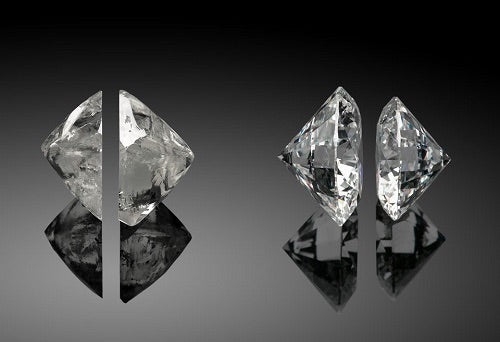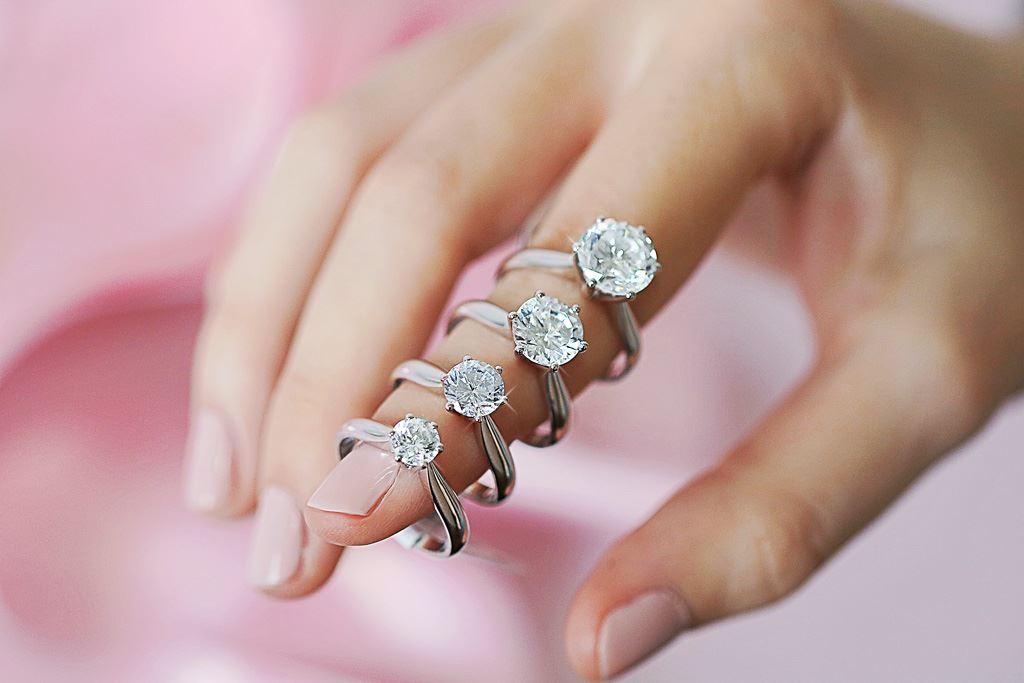What is Diamond Cut?
The Definition of Diamond Cut
When you hear the term “diamond cut,” what comes to mind? Is it the shape of the diamond or its sparkle? Actually, it’s a bit of both. The cut of a diamond refers to how well the gem has been shaped and faceted. It’s not just about the diamond’s shape but also about the angles, proportions, and finishing touches that affect how light interacts with the gem.
Why Diamond Cut Matters
The cut is arguably the most critical factor in a diamond’s beauty. Unlike color or clarity, which are inherent properties, the cut is an art. It determines how well the diamond reflects light and contributes to its overall brilliance. A well-cut diamond can make even a lower-quality stone sparkle like a star what does diamond cut mean, while a poorly cut diamond can look dull, no matter its carat weight.
Types of Diamond Cuts
Diamonds come in various cuts, each with its own unique appeal. Let’s explore some of the most popular ones.
Round Brilliant Cut#
The Round Brilliant Cut is the superstar of the diamond world. With its 58 facets, it’s designed to maximize light return, resulting in unparalleled brilliance. This cut is ideal for those who want a classic, timeless look. It’s the go-to choice for engagement rings and other fine jewelry.
Princess Cut
The Princess Cut is the modern counterpart to the Round Brilliant. Known for its sharp, angular edges, this cut is perfect for those who prefer a more contemporary style. Its geometric shape offers a unique sparkle and can be a bit more affordable than the Round Brilliant due to its efficient use of rough diamond material.
Emerald Cut
The Emerald Cut is distinguished by its long, rectangular facets and step-like design. It’s a cut that emphasizes clarity and the stone’s internal characteristics rather than its brilliance. This cut is ideal for those who appreciate a more understated elegance and want to showcase the diamond’s purity.
Asscher Cut
Similar to the Emerald Cut but square, the Asscher Cut boasts a vintage charm with its Art Deco roots. Its deep pavilion and unique pattern make it a standout choice for those who love historical designs and classic sophistication.
Cushion Cut
The Cushion Cut, also known as the “pillow cut,” combines a square or rectangular shape with rounded corners. Its soft, romantic appeal makes it a favorite for vintage-inspired jewelry. It often exhibits a beautiful interplay of light, making it a lovely choice for those who want a bit of classic charm.
Marquise Cut
The Marquise Cut is an elongated oval shape with pointed ends, designed to maximize the carat weight of the diamond. It’s a bold choice that creates the illusion of greater size and length, making it perfect for those who love dramatic flair.
Oval Cut
The Oval Cut offers a modern twist on the traditional Round Brilliant. Its elongated shape creates a slimming effect on the fingers, making it a popular choice for engagement rings. The Oval Cut provides a brilliant sparkle and can often look larger than a round diamond of the same carat weight.
Factors Affecting Diamond Cut
Understanding how different factors impact the diamond cut can help you make an informed decision.
Proportions and Symmetry
The proportions of a diamond cut are crucial. They determine how light travels through the stone and reflects back to your eyes. Symmetry refers to how evenly the facets are arranged. A well-proportioned and symmetrical diamond will exhibit more brilliance and fire.
Polish and Finish
The polish of a diamond refers to the smoothness of its facets. A well-polished diamond will have a mirror-like surface that enhances its sparkle. The finish, including any small blemishes or imperfections, can also affect how light interacts with the diamond.
Grading and Certification
Diamonds are graded on their cut by various grading systems. Certification from reputable labs like the Gemological Institute of America (GIA) can provide you with detailed information about the diamond’s cut quality. This ensures you’re getting a diamond that meets high standards.
How Diamond Cut Influences Sparkle
The sparkle of a diamond, often referred to as its brilliance, is largely influenced by its cut.
Light Performance and Brilliance
A well-cut diamond will reflect light internally and externally, creating a dazzling display. The angles and proportions are designed to maximize light return lab made diamonds, which makes the diamond appear more brilliant.
Fire and Scintillation
Fire refers to the dispersion of light into various colors, while scintillation is the sparkling effect caused by light reflecting off the facets. Both of these elements are influenced by the cut and contribute to the overall beauty of the diamond.
Choosing the Right Diamond Cut for You
Selecting the perfect diamond cut is a personal choice. Here are some factors to consider.
Personal Preferences and Style
Do you prefer a classic, timeless look, or are you drawn to something more modern? Your personal style will guide you toward a cut that resonates with you. Whether it’s the traditional Round Brilliant or the unique Asscher Cut, choose what you love.
Budget Considerations
Different cuts come with varying price tags. The Round Brilliant Cut, for instance, is often more expensive due to its popularity and the amount of rough diamond it uses. On the other hand, cuts like the Princess or Cushion can offer a stunning look at a more affordable price.
Common Misconceptions About Diamond Cut
Let’s clear up some common myths about diamond cuts.
Cut vs. Shape
Many people confuse cut with shape. The shape refers to the diamond’s outline, such as round or square, while the cut describes how the diamond is faceted. It’s essential to differentiate between the two to understand the diamond’s full potential.
Does a Higher Price Mean Better Cut?
Not necessarily. While a higher price can indicate better quality, it doesn’t always mean a better cut. It’s crucial to look at the diamond’s certification and grading to understand its cut quality.
Conclusion
Choosing the right diamond cut is a blend of science and art. The cut influences how the diamond reflects light, its sparkle, and ultimately, its beauty. Whether you prefer the timeless Round Brilliant or the unique Marquise, understanding the factors that affect diamond cut will help you make an informed decision. Remember, the most important thing is to select a cut that resonates with you and fits your personal style. After all, a diamond is not just a gem—it’s a symbol of your unique story and taste.



